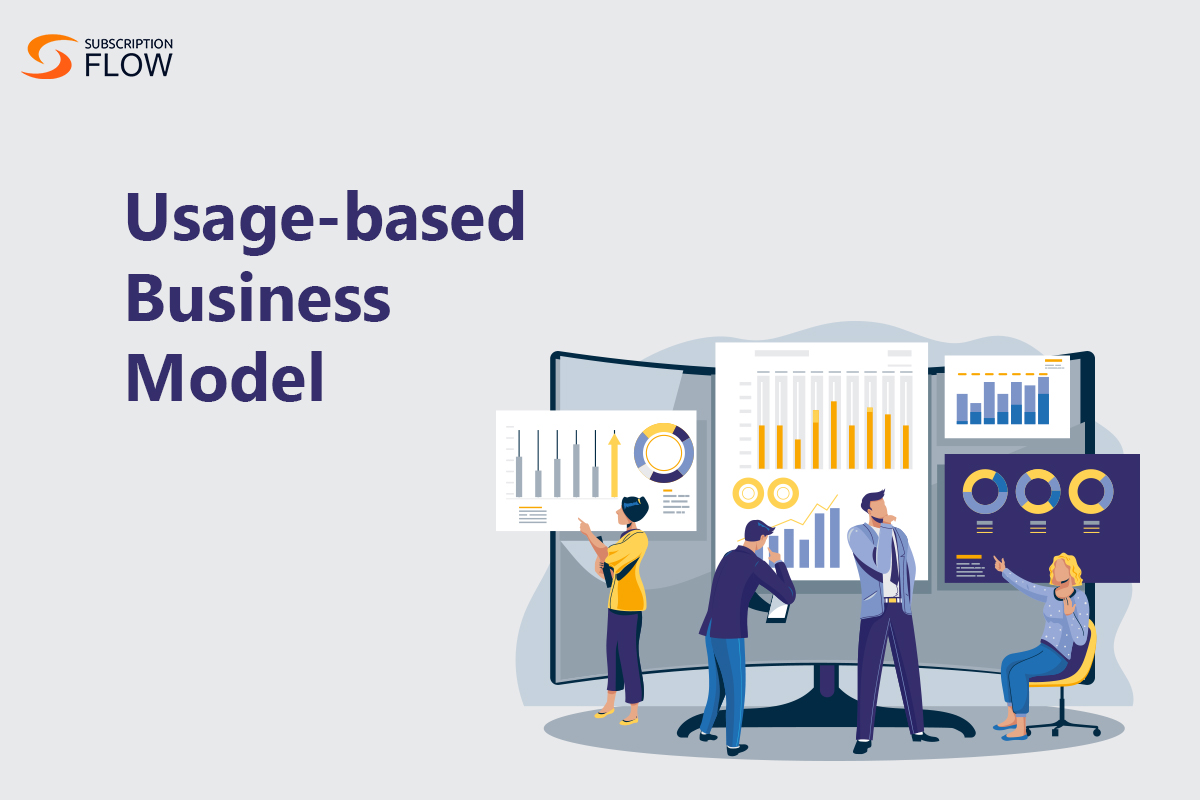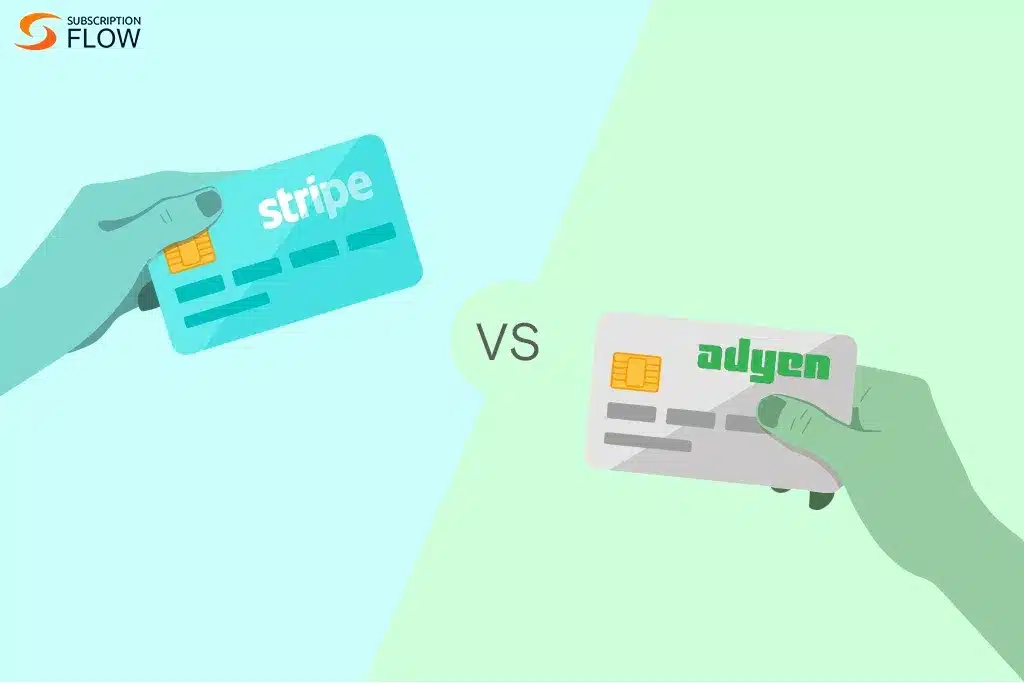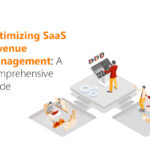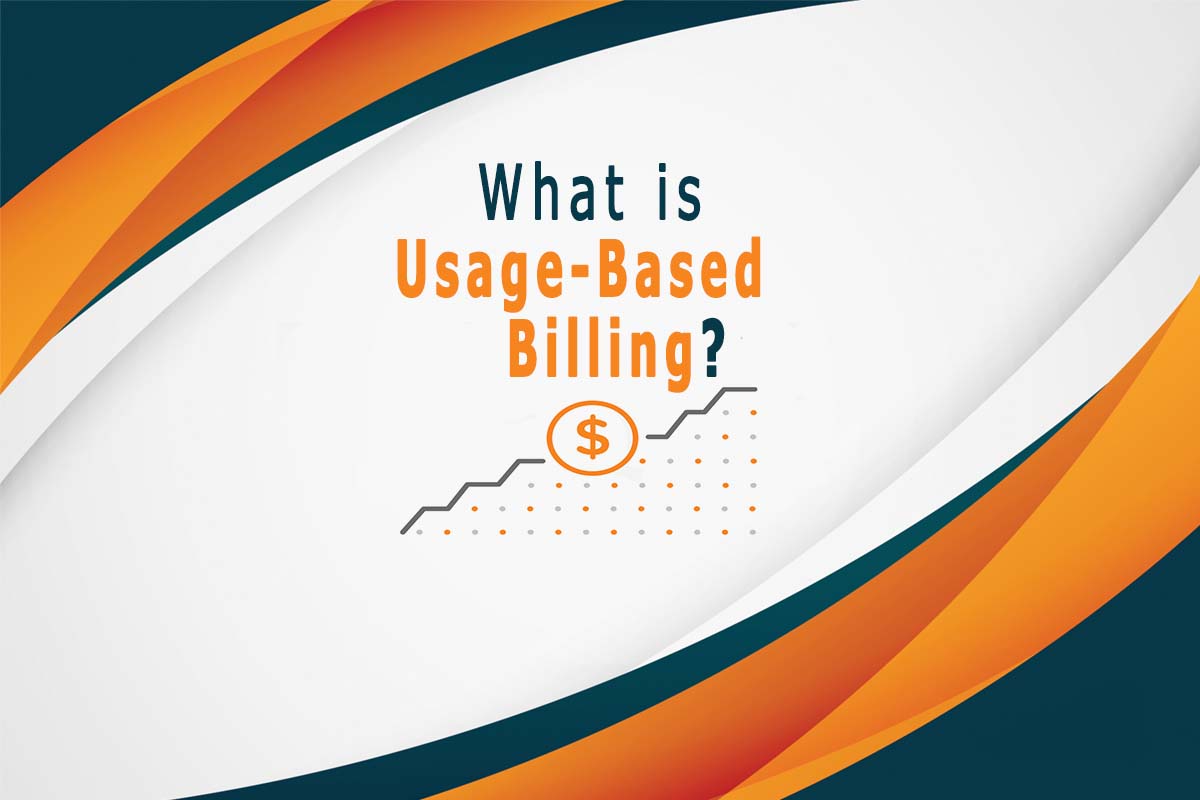
Navigating Subscription vs. Usage-Based Models: Which Fits Your Business Best?
Subscription-based models have been popular for a very long time, but now, with the rising trend of the usage based business model, the world of SaaS has also begun seeing a diversity in the types of payment models being offered. Why is that? Broadly speaking, in this blog, we will be looking to answer this question in particular.
In particular, however, we will also be looking at ways in which subscription and usage based business models compare with one another to help decide which is most suited for which vertical and what type of business.
Understanding the Usage Based Business Model
The usage based business model is a pricing and revenue strategy that charges consumers based on their actual consumption or usage of a product or service. This method is used in a variety of sectors, including software, telecommunications, and transportation. Basically, customers are charged depending on their unique consumption, as opposed to set rates or subscription models, promoting cost-efficiency and flexibility.
This concept efficiently balances both business’s and customers’ interests. Customers benefit from just paying for the services they use, while companies may modify their pricing structures to match varying demand levels. As a result, because it gives consumers more control over their spending, this method has the potential to greatly boost customer engagement and loyalty.
Pay-as-you-go cloud computing services, mobile data plans in which clients pay depending on data usage, and ridesharing services in which charges vary according to distance traveled are examples of usage-based models.
Read more: 17 Reasons To Go For Usage-Based Billing SaaS
Why Usage Based Billing Makes Sense?
1. It is cost effective: Charging based on consumption might be more cost-effective for enterprises. People on a subscription-based model can use as much of a product or service as they like, which might wind up costing a firm more since they weren’t able to charge enough to cover that high consumption while still making a profit.
2. Increases client loyalty: Customers may wind up saving money, which contributes to client loyalty. Customers will continue to return and endorse the firm if they only pay depending on how much they consume and get their money’s worth. Businesses benefit when their clients are satisfied.
3. Better in the long term: The relationship between businesses and customers is more mutually beneficial. To attract new or recurring consumers, businesses must offer a superior product or service. Customers are prepared to pay to get the latest and greatest product, which promotes innovation.
Why Usage Based Billing Might Not Make Sense?
1. Price control is more difficult: Usage based pricing is self-explanatory: it allows consumers to tailor their prices depending on how much of a service they actually utilize, which might at times disadvantage the service provider since they will not get to dictate the pricing.
2. Dependent on the pricing metrics set by the business: Choosing a usage based pricing provider is dependent on the type of usage metrics they charge by, so consumers would want to figure that out first.
3. The cost may be too high for heavy users: The disadvantage of usage based pricing is that the higher shock of heavy consumption periods might be intimidating. Similarly, if you have not utilized the service yet, you may question the initial cost during low usage periods.
Subscription- and Usage-Based Business Models: Which is the Right Fit for You?
In the subscription-based billing model, customers pay a predetermined, recurring fee – typically monthly or annually – in exchange for continued access to a product or service under the subscription model. This approach is praised by many for its predictability, which benefits both customers and enterprises. Customers can plan for regular costs, while businesses may count on a consistent supply of recurrent revenue.
Customer retention is one of the subscription model’s strengths. Subscriptions may establish a continuous engagement that leads to brand loyalty and lower churn rates. Furthermore, it offers a secure financial basis for firms, which can promote long-term planning and investment.
However, the subscription model has several restrictions. Customers may regard it as rigid, especially if they do not use the product or service on a continuous basis. There is also the possibility of subscription fatigue, which occurs when customers are overburdened by many regular costs, potentially leading to cancellations.
Ultimately, the choice between these models is determined by the nature of the product or service, client preferences, and market dynamics. Subscription models are ideal for companies that want to develop consistent, long-term connections with their clients while also maintaining a predictable income stream. In contrast, the usage-based model is appropriate for sectors with significantly varying consumption patterns, providing clients with flexibility and cost-efficiency.
In fact, several businesses use a hybrid strategy, providing both subscription and usage-based choices to a larger consumer base. Finding the proper balance necessitates a thorough grasp of the target demographic as well as careful evaluation of the qualities of the product or service. Adoption of a hybrid strategy combining subscription and usage-based choices has grown in popularity among businesses trying to appeal to a larger spectrum of clients while optimizing revenue generating. This approach has various advantages, but it necessitates a thorough grasp of client preferences and product/service dynamics.
Read more: 6 Reasons Why you Need to Invest in Usage-based Subscription Plans
The bottom line
The subscription-based business model and the usage-based business model are formidable tools in the pricing strategy toolkit of any small to medium sized business. By recognizing their strengths and limitations, businesses can make informed decisions on which model to adopt, striving for both profitability and customer satisfaction in an ever-evolving market landscape.
SubscriptionFlow is a robust subscription management platform that can help you make this decision. It offers its clients both options of implementing usage-based billing and fixed subscription billing to charge the price for their service that they see fit. Book a demo with SubscriptionFlow now to implement either of the two billing options to help supercharge your business’s revenue stream!










